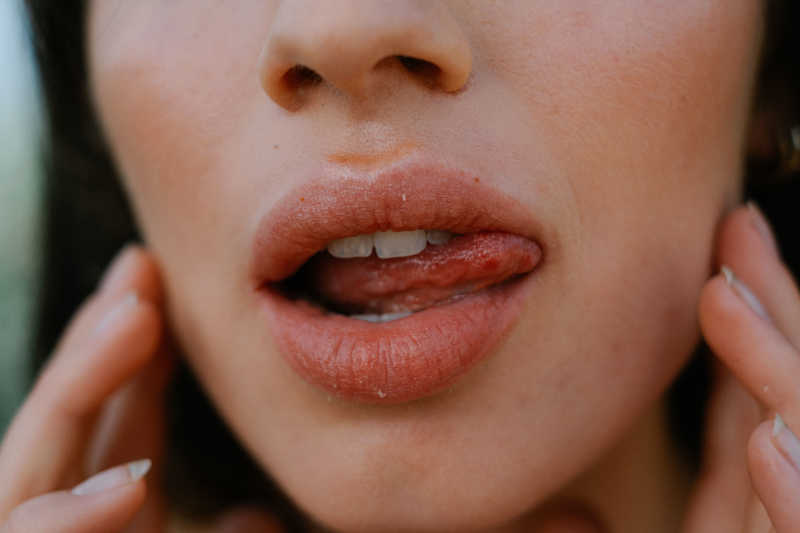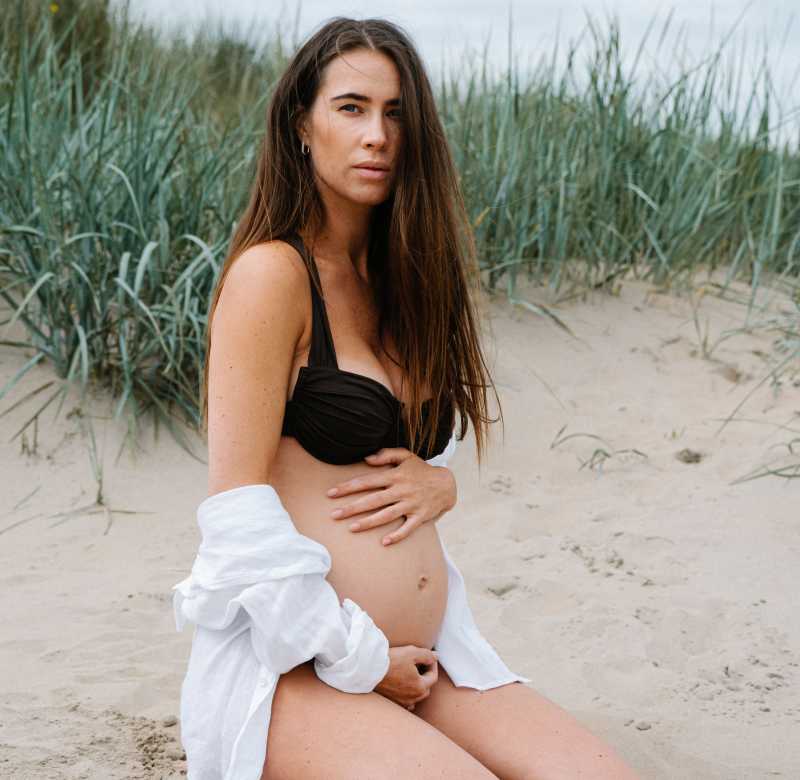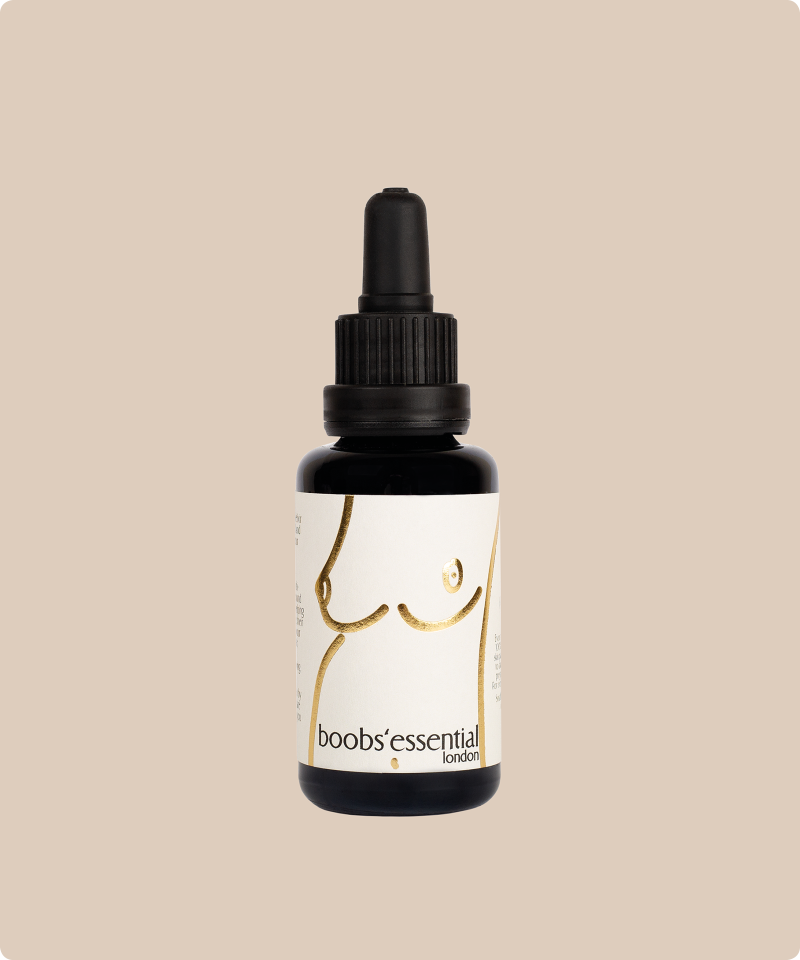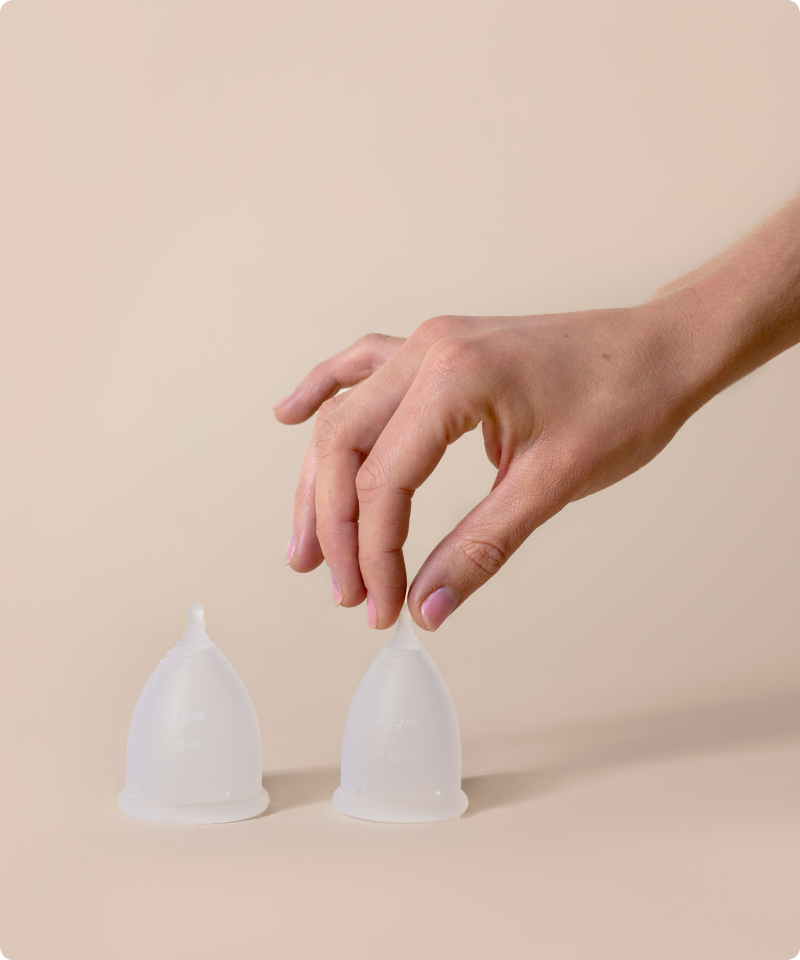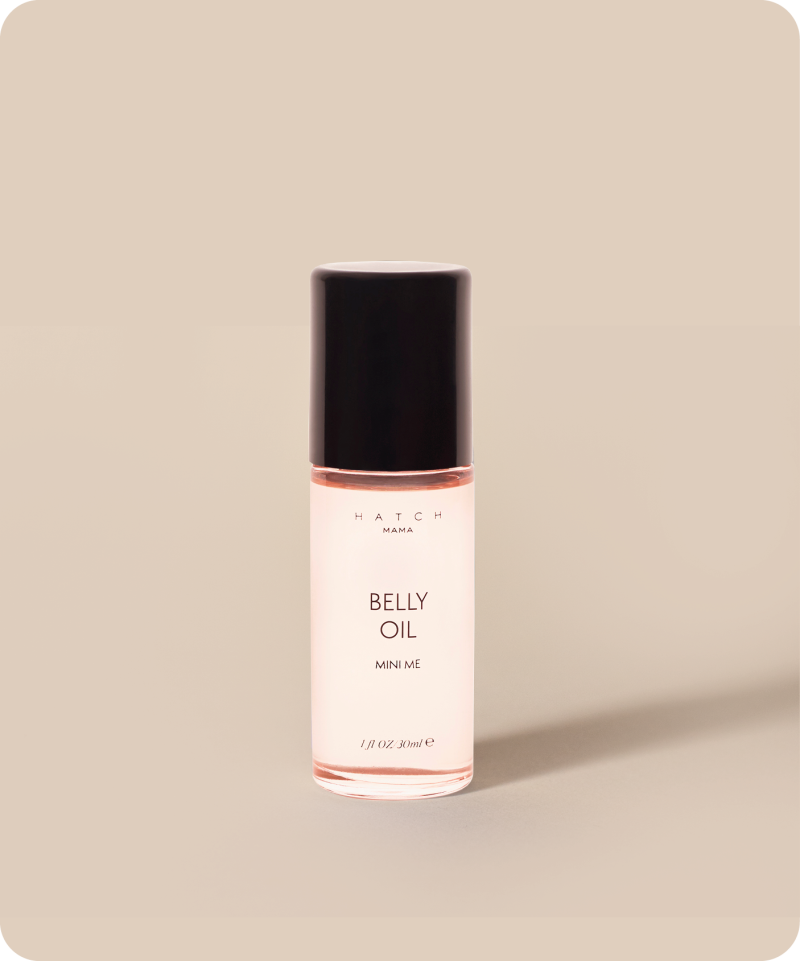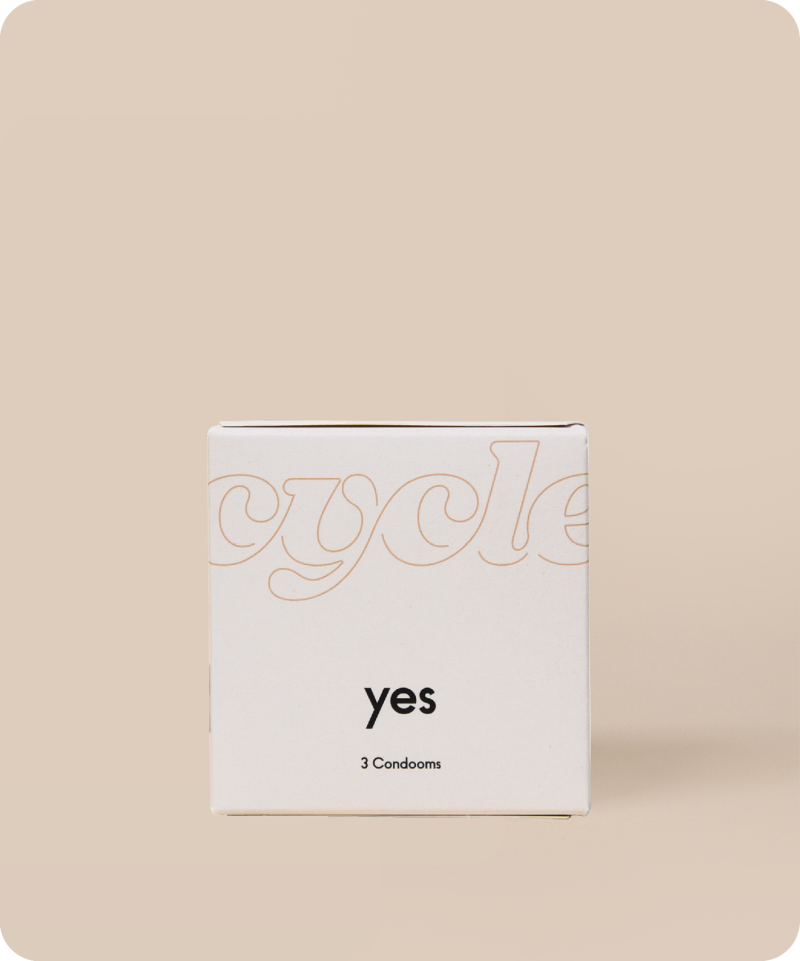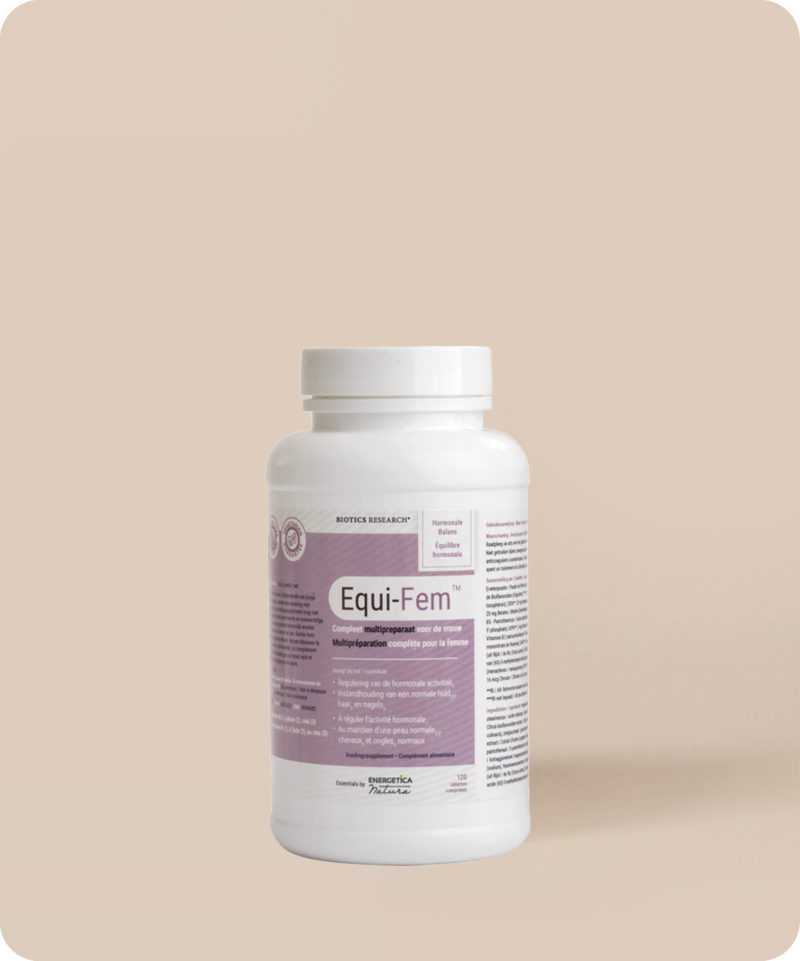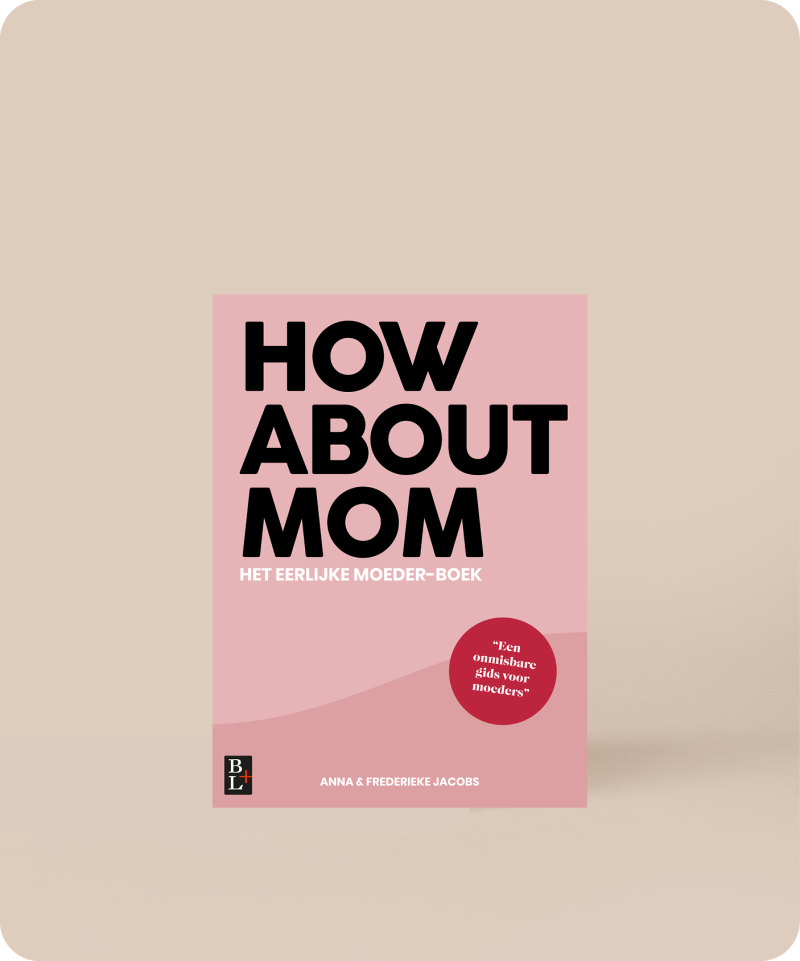Anovulation; when you don’t always have an ovulation
Having a period without an ovulation, is that possible?
Yes, it is, although it’s technically not a period but something that looks like one. It’s spotting, sometimes also known as intermenstrual bleeding, or ‘anovulatory bleeding’ in medical terms. It can happen at any point in your cycle and may consist of a lot or only a little bit of blood loss.
What causes it?
That isn’t always clear, though it tends to be related to your hormonal balance. It often happens during puberty or menopause, the times during which your hormones tend to run amok. During this time, your hormonal system changes; particularly the hormone estrogen. This can cause your body to skip ovulation. Intense exercise, as well as either a high or low body weight, can cause you to stop ovulating. A hormonal imbalance caused by a disease or affliction can also cause an ovulation disorder. Polycystic ovary syndrome (PCOS) is one of the most well-known causes of ovulation disorders. It occurs in 5 to 10% of all women+.
PCOS and getting pregnant. What can you do?
Read moreHow do you know you haven’t had an ovulation?
If you have a regular cycle, you most likely also have an ovulation. Some women can feel the ovulation as a shooting pain in the stomach, but most don’t feel it. If your cycle is shorter than 21 days or longer than 35, there’s only a small chance that you’ve had an ovulation. One way to find out if you’ve had an ovulation is to monitor your body temperature in the morning (right after waking up). After ovulation, you should see a slight rise in your temperature (just about in the middle of your cycle). If this doesn’t happen (and you’ve been checking your temperature properly and consistently), this could be a sign that you haven’t had an ovulation. Examining your discharge can also help you determine whether you’ve had an ovulation.
From a medical viewpoint, an echographic examination is the norm. Based on this, it takes a week to discover whether there has been an ovulation, depending on the progesterone hormone levels. It can also be determined via urine (LH test), but that isn’t always reliable for people with PCOS.
No ovulation, what follows?
If you haven’t had an ovulation, your body will also begin to make progesterone (that happens in the second half of your menstrual cycle). Your endometrium will continue to thicken until it can’t do so any longer. Then, the endometrium will come loose, which causes vaginal bleeding.
Is it an issue not to have ovulations?
No, it’s not an issue if it happens once in a while. Certainly when there’s a clear cause for it. But, if it happens more frequently, it can have consequences for your fertility. It can be reduced because you simply have fewer ovulations, which means you have fewer chances of getting pregnant each year. Ovulation disorders, such as chronic anovulation or irregular ovulation, affect 1 in 4 couples who deal with infertility.
If you have a child-wish, and your cycle isn’t between 21 and 35 days, and you’re concerned about this, you can contact your general practitioner. They can give you further advice.





